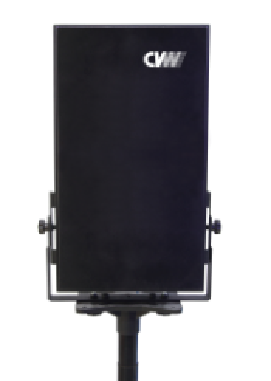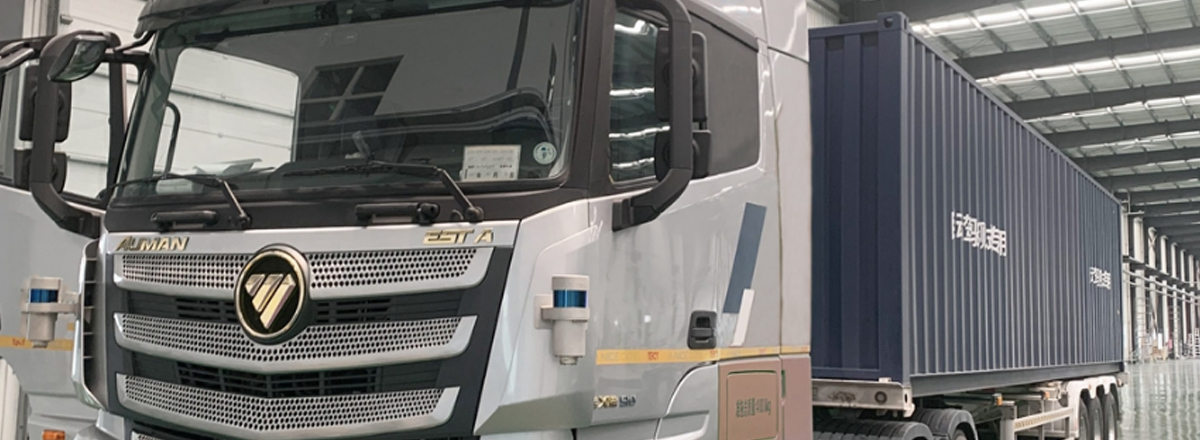
Truck driver overload and fatigue driving have become a safety hazard for mainline logistics transport enterprises. Most data shows that more than 90% of freight traffic accidents are caused by drivers’ operation errors, inattention, and other reasons. With the gradual i mprovement of China’s regulations related to autonomous driving and the continuous improvement of the level of road intelligence, the original unmanned driving only occurs in the science fiction movie and is quietly into our lives now.
Although unmanned trucks and unmanned cars are both unmanned vehicles, they need to consider different factors due to different usage scenarios and purposes. Unmanned cars mainly use LIDAR as the perception solution, while trucks can’t meet the needs of radar due to their larger size and longer braking distance. Unmanned trucks mainly use vision (i.e., the images collected by cameras) as the perception solution. CVW has developed a wireless video transmission solution to help unmanned trucks land on the commercial market. The following is CVW’s wireless video transmission solution for an unmanned truck testing project.
The solution includes four parts: video acquisition, video transmission, video reception, and command workstation. The detailed descriptions are as follows.
· Video acquisition: one camera is installed on the unmanned truck to collect the on-site video.
· Video and data transmission: video transmission can also transmit various data of vehicle driving systems.
· Video reception: the receiver receives the HD video signal captured by the camera and transmits the video signal to the command workstation.
· Command workstation: Command workstation carries out intelligent processing of the video and various data of the vehicle driving systems. The staff quickly grasps the car’s dynamics and multiple data of the vehicle driving strategies ahead according to the screen to escort the unmanned truck driving.
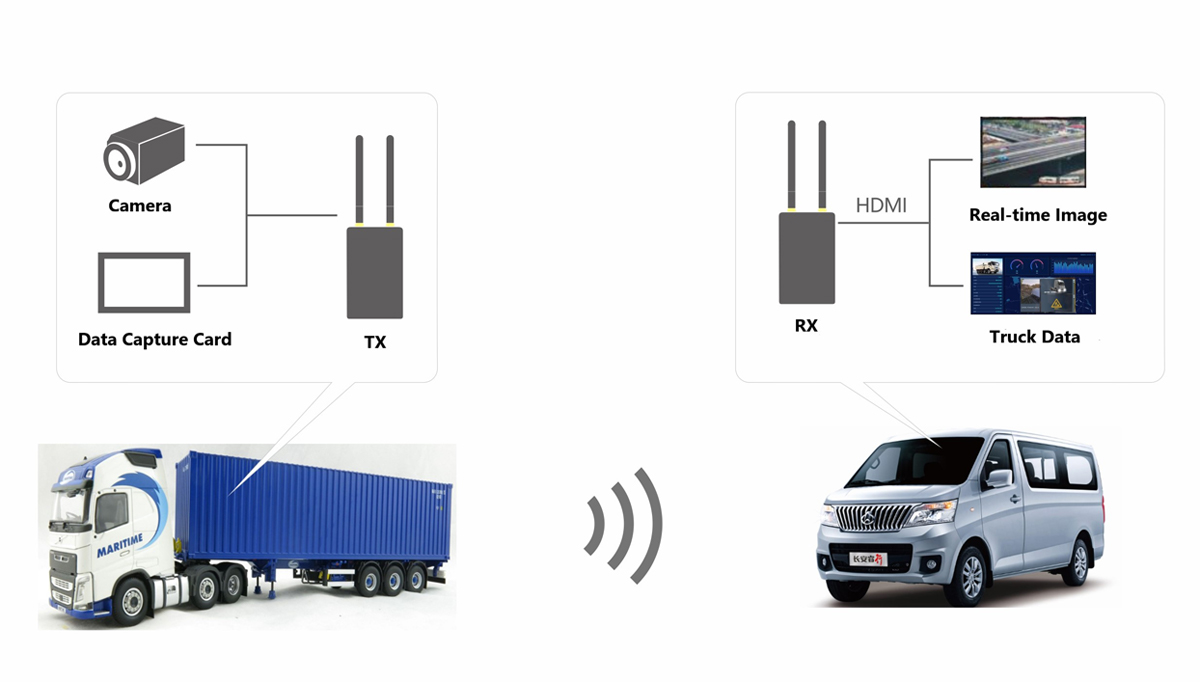
In environments without 4G and 5G signals coverage or signal blind areas (cross-sea bridges, highways, ports and harbors, tunnels), transmitting video and vehicle driving data will encounter interference and interruptions. But CVW wireless video transmission solution can still effectively send multiple data such as video and vehicle driving system to the command workstation of the rear security vehicle under complicated non-line-0f-sight distance scenarios. The staff can view the on-site situation and collect data from the unmanned truck according to various data of the vehicle driving system received by the command workstation, providing security for this test project. After the test, the technical personnel can analyze the video and vehicle driving data collected by the rear safety car to help the subsequent application of workstation trucks to the ground.

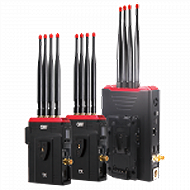 Multi-camera wireless video transmission
Multi-camera wireless video transmission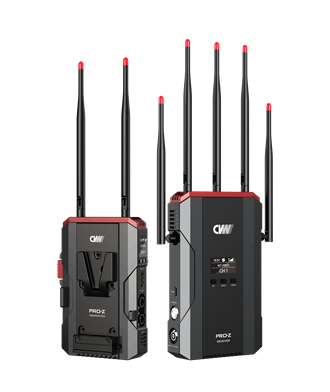
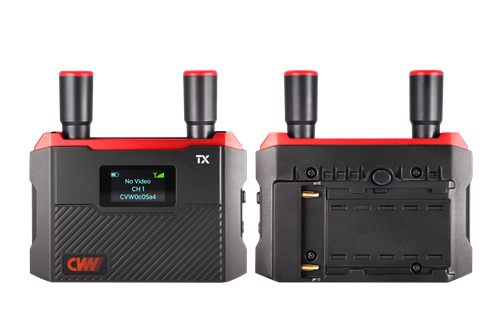
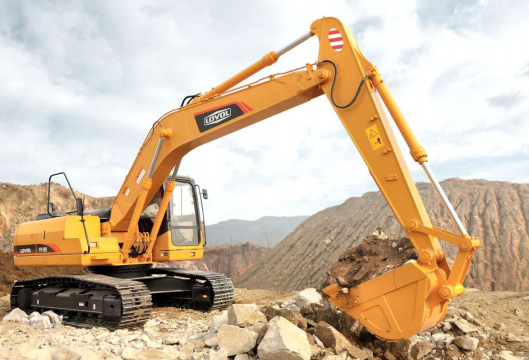 Designed for teleoperating the heavy equipment
Designed for teleoperating the heavy equipment
